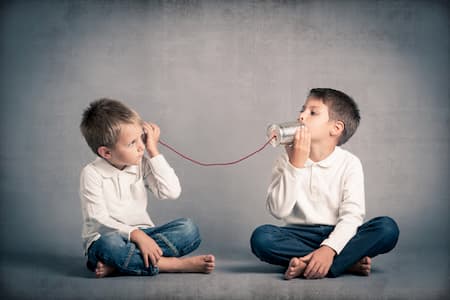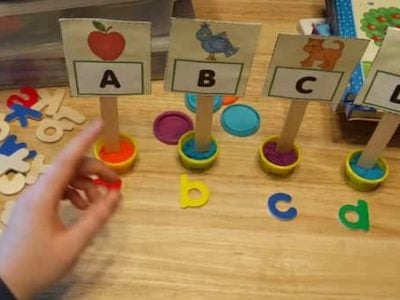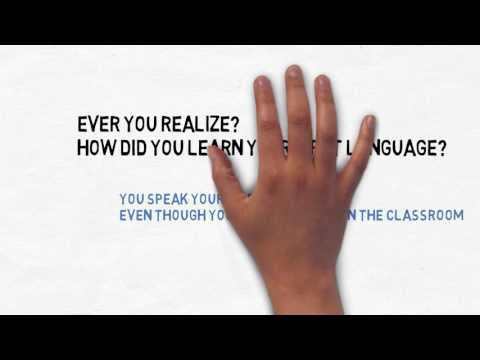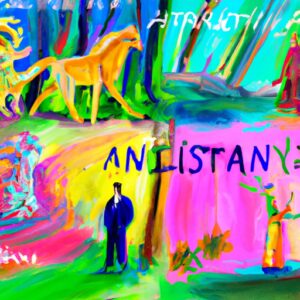What kind of linguist are you?
You study languages, uh? So you’re a linguist. But, of which kind?
Merriam-Webster’s Definition of the linguist is the following:
- A person accomplished in languages, especially: one who speaks several languages
- A person who specializes in linguistics
Linguistics is the study of human language in all its aspects. It provides a methodology for exploring the structure of particular languages; it investigates what is universal to all human languages: how language varies over time and between different societies, how language is learned, and how language is used for human communication.

Why was Navajo the one code that was never broken during World War II? Are our thought patterns so determined by the language we speak?
What can the study of language tell us about human prehistory? These are just some of the questions linguistics examines.
Fascinating, but do you want to learn all that? No, probably you just want to learn a foreign language.
So, leave philosophy and obscure terminology to scholars and focus on using (speaking) that language.
Learn the language, don’t learn about the language.
I know friends and authors who are linguists in the sense that they major in linguistics and barely speak one or two foreign languages decently.
It’s the difference between a musicologist and a singer if you want to jump on stage, learn how to sing!

Speak and sing like a baby
Languages can be learned in two ways: by learning (i.e., studying) or by acquisition. You’ve probably studied a foreign language at school, and you’ve certainly acquired your native language(s).
Did you actually learn how to use that foreign language just by taking classes?
Likely not, or at least not as well as you would by other methods. You learned by comprehensible input.
The conclusion is: acquire a language, don’t (just) study it.
Traditional language teaching is biased towards grammar and passive memorization. Much more active speaking is needed, without caring too much about being making mistakes.
I myself only spend a fraction of my study time focusing on grammar.
On the other hand, language acquisition alone works on children fully immersed in the native environment 24/7, in their intellectually liveliest years.
These conditions are hardly possible unless you live abroad for months or years, better if early on in your life.
Besides, an adult brain is already trained to understand rules. That’s why we still need to and is still useful to understand grammar.
As an opera singer myself, I’ll take vocal technique as an example.
Babies cry, at a frequency range and volume that can be heard from a great distance. They hit high notes for hours showing no sign of vocal fatigue.
Nobody taught them how to do that, they don’t take voice lessons.

Then they grow up and receive “education”, they forget how to do it and if they want to sing they need to “study” vocal technique. In opera, this takes years.
Those singers who attain a solid vocal technique generally agree that “it’s like speaking naturally, or shouting, while breathing in a relaxed way, like a baby”.
Babies take some time before they can speak intelligibly (at least 18 months) because their brain is still under development. But when they’re ready to learn, they learn fast and without formal teaching. They hear their parents talk and watch them point things.
They don’t know the rules, but they learn them. They “acquire” their native language(s). Then they go to school and are educated to learn virtually every subject from rules, including foreign languages.
This method is not bad per se, but they’re missing what they already have, which already lets them master their first language.
Those who hacked their brain to learn multiple languages, as well as researchers in linguistics and neuroscience, know that our brain is already hardwired to learn languages by acquisition.
Methods that use the adult brain’s ability to learn in other ways can add up, but should not replace the method that made all of us succeed in learning our native language(s).

Language acquisition
There is an important distinction made by linguists between language acquisition and language learning.
Children acquire language through a subconscious process during which they are unaware of grammatical rules. This is similar to the way they acquire their first language.
They get a feel for what is and what isn’t correct. In order to acquire language, the learner needs a source of natural communication.
The emphasis is on the text of the communication and not on the form. A bit like listening to songs or the news in Italian.
New words can be associated with hand gestures or facial expressions.
Language acquisition refers to the process of natural assimilation, involving intuition and subconscious learning.
It is the product of real interactions between people in environments of the target language and culture, where the learner is an active player.
It is similar to the way children learn their native tongue, a process that produces functional skills in the spoken language without theoretical knowledge.
It develops familiarity with the phonetic characteristics of the language as well as its structure and vocabulary and is responsible for oral understanding, the capability for creative communication, and for the identification of cultural values.
There are only a few language-learning resources for self-study in the market today really come close to engaging you in a conversation.
With the right audio material, you can even learn Italian in the car naturally.

Language learning
Language learning, on the other hand, is not communicative. It is the result of direct instruction in the rules of language.
In language learning, students have conscious knowledge of the new language and can talk about that knowledge. They can fill in the blanks on a grammar page.
Research has shown, however, that knowing grammar rules does not necessarily result in good speaking or writing.
A student who has memorized the rules of the language may be able to succeed on a standardized test of the English language but may not be able to speak or write correctly.
Language learning is an artificial exercise that occupies the time, money, and effort that could be better spent on doing language acquisition.
It certainly is not an age-appropriate activity for your young learners.
Language-learning-inspired methods are progressive and cumulative, normally tied to a preset syllabus that includes memorization of vocabulary.
It seeks to transmit to the student knowledge about the language, its functioning, and grammatical structures, its contrasts with the student’s native language, a knowledge that hopefully will produce the practical skills of understanding and speaking the language.
Many language-learning apps, audio courses, and websites claim that they focus on communication. However, their “conversation” drills resemble more traditional classes than real conversations.
Attention is focused on the language in its written form and the objective is for the student to understand the structure and rules of the language, whose parts are dissected and analyzed. The task requires intellectual effort and deductive reasoning.
Language learning is teaching about a language, with the hope that the student will learn enough to actually be able to speak the target language.
It’s an artificial exercise; and occupies the time, money, and effort that could be better spent in doing language acquisition.

Keep it simple
This is also the difference in teaching methods. The first is a grammar rule padded with jargon (language learning), while the second is a set of examples (language acquisition). Which way to learn a grammar pattern do you find the most intuitive among the following?
- Subject + (2) Time adverb + (3) Have, present + (4) Verb, Past Participle
- I’ve never been to Italy. Let’s go there.
- We’ve already talked about that. Can we change the topic?
- I’ve already seen that movie. Let’s see another one.
- I’ve almost finished my homework. Only 10 minutes to go! Have you already been to New York?
- Have you already eaten your dinner?
To me, method 2 is the most practical. Examples tell more are much more useful in practice than the most meticulously worded grammar rule.
Conclusion: be practical, acquire languages, don’t just study them
If you want to learn how to communicate in a language, give up language learning.
It’s an artificial exercise that occupies the time, money, and effort that could be better spent on doing language acquisition.
Go speak with people now!
You can use a community forum where you can exercise writing and conversational skills. Besides, you can ask questions and put into practice everything you have learned.










2 Responses
Si. I speak French more or less fluently and intermediate Spanish and Italian. Did your first lesson (intermediate level, lesson 121) It was great. Looking forward to tomorrow’s lesson. Nancy
Bene 🙂